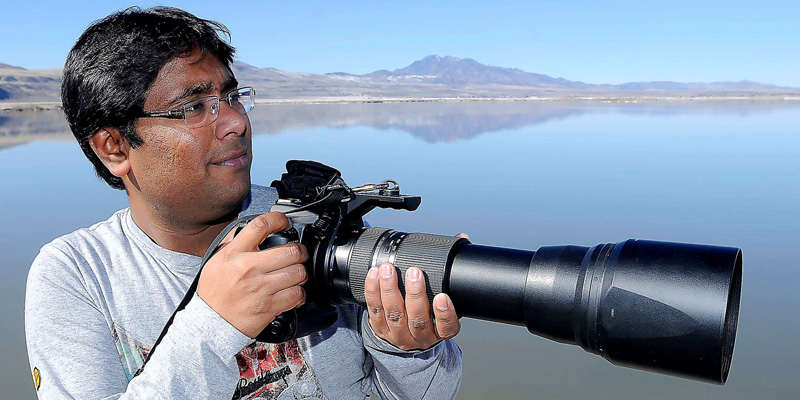Thank you
@Happi for the invitation.
Hello everyone,
My name is Sudipta Shaw and I am a brand new member of this society and the same person whose "non-CO2 supplemented tank thread" got deleted recently. I was quickly browsing here and noticed that there is some suspicion among the members about my results that I shared over TPT. So I thought it would be better if I introduce myself to all of you before going into the details sometime later.
I am originally from India and obtained my bachelors and masters degree in Microbiology over there. Then I came to the US and got my PhD in Biochemistry from Utah State University. I am currently working as a fulltime researcher at University of Minnesota. Although my planted tank journey only started in the summer of 2018 but I have been keeping fish and growing non-aquatic plants (primarily flowering plants and vegetables) since my childhood. I admire every aspect of nature and I am also passionate about wildlife photography.
You are more than welcome to check these links below if you want to know more about my passion for nature (primarily wildlife) and my scientific contributions in the form of publications. I am also attaching pictures of all 4 of my current non-CO2 supplemented tanks with similar parameters (largest and the oldest one is 20 gal tank, running since June 16, 2019 and that's the one I primarily presented at TPT). Couple of the plants in the last tank shown here are still under trial and I am not sure if they will survive long term in this environment. I did eventually post the pictures of other tanks in the comment section but unfortunately can't access them anymore. I also provided more details about algae in the comments which is also lost (yes I do get algae in my tanks but I have found that it is relatively easy to tackle them in my non-CO2 systems compared to an imbalanced pressurized CO2 injected tank, so yes I do have a high-tech tank). Although I briefly mentioned about importance of lower temperature (low 70F, 70-74F in my non-CO2 injected tanks but it is certainly possible to get good results at elevated temperatures of 80F or even slightly higher. However, It would require almost daily water changes (at least every other day in my opinion and yes I have done this in the past). It doesn't have to be very large water change, 15-25% water change every time should be good enough to maintain the health of plants. It is still quite a bit of work that's why I think it is better to keep the temperature in the lower range if possible. Please keep in mind that I am specifically talking about my non-CO2 setups (I think
@MichaelJ has already shared the OP from the Google cache). I should also mention that I usually perform water change in all of my non-CO2 supplemented tanks during the light period, say 1-2 hours after the lights turn on (I forgot to mention this in the TPT post).
I am not saying that I can grow any plant in these systems or I know everything why I am able to grow many so called difficult plants in non-CO2 supplemented tanks but I am trying to the best of my knowledge to provide all the nitty-gritty details about my tanks which might help in the future for any hobbyist to replicate my results with more success.
Feel free to ask more questions and I will try my best to answer those.
Thanks,
Sudipta.
Sometimes, timing is everything. Had the Wildlife Institute of India (WII) contacted Utah State University alum Sudipta Shaw (Biochemistry, PhD’17) just a little sooner, he might be following his passion for wildlife photography as a vocation rather than an avocation.

www.usu.edu
Researcher 5, University of Minnesota - Cited by 702 - Biochemistry and Microbiology

scholar.google.com
View attachment 183920
View attachment 183921
View attachment 183922
View attachment 183923



